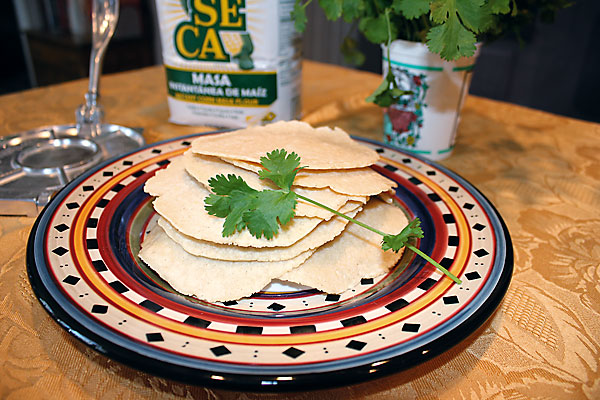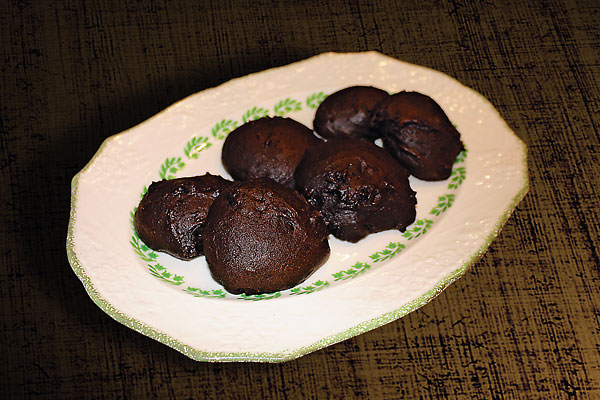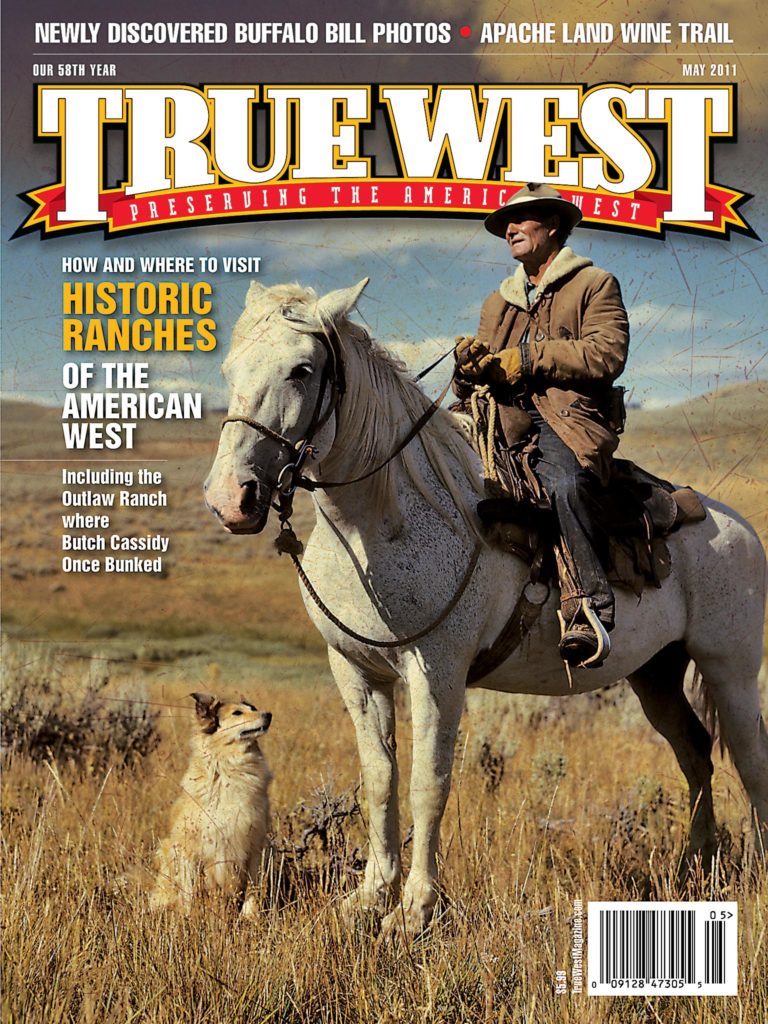 “Unaccustomed to the easy-going life of their Mexican neighbors, [old-timers] were not contented to farm a little, eat a frugal meal of frijoles, chili and tortillas, and finish with a cigarette.
“Unaccustomed to the easy-going life of their Mexican neighbors, [old-timers] were not contented to farm a little, eat a frugal meal of frijoles, chili and tortillas, and finish with a cigarette.
“They craved more luxuries and more entertainment than this primitive little border town afforded,” remembered Marie Carter, a pioneer who lived in Anthony, New Mexico, 23 miles south of Las Cruces.
She asked a man who came to the town in 1884 if he liked the native foods, to which he replied, “Not at first, but it didn’t take me long to learn, and in a short time I was takin’ my frijoles, tortillas and chili straight.”
The corn tortilla has been a food staple of Latin cultures for centuries and dates back to at least the Aztec empire. Cooks made the tortilla by soaking corn overnight in lime water, until the outer husks of the kernel were loose enough to roll between the hands, and then ground it using a mano and metate.
While tortillas and other foods native in the West were popular in some places, it was detested in others. Mexican, Chinese and Indian foods were considered peasant foods for the local poor and were not touched by most who settled the West. Some even called the tortillas “plastic.”
Around the late 1880s and 1890s, pioneers began embracing the tasty delicacies native to their surroundings. As early as 1884, six tamaleros or tamale vendors operated in Dallas, Texas. In 1890, local tamalero Juan Gonzales, who served in the Mexican Army, observed, “Mexican dishes are rapidly coming in favor here because they are healthy.…The garlic in them kills the worms; the pepper staves off malaria, and the scraps of meat that are thrown away at dinner will make enough chili con carne or tamales for breakfast and supper….”
Tortillas were often found at local and state fairs where native food was traditionally featured. In 1891 Santa Fe Indians made tortillas at
the territorial fair in Albuquerque, New Mexico. An Indian woman in Dallas prepared tortillas in a demonstration at the Texas State Fair in 1892. And Francisco Menkon, a caterer in Dallas, brought the tortilla and tamale to the 1893 Chicago’s World Fair.
Tucson, Arizona, is one of the towns where tortillas have been made and enjoyed since its settling. Ursula Solares was a native of Mexico who came to the Tucson Presidio in 1831 and made a nice living at making and selling tortillas. On April 25, 1894, Mexican food along the Southern Pacific railroad tracks in Tucson exploded. I don’t mean in popularity but in reality! Frijoles, enchiladas and tortillas went flying as engineer Ziegler, who was two hours behind schedule, smashed into a Mexican food handcart. Luckily no one was injured in the melee.
Another family who has been in Tucson since the late 1800s is the Flin family. Jules Flin arrived in the 1860s. His daughter Monica opened El Charro Café, which is still making fresh tortillas today.
Corn Tortillas
2 cups corn flour or masa
1 ups hot water, plus a tablespoon or two
sp. salt, optional
Combine the ingredients together in a bowl and mix well. If the dough appears to be sticking together, then you have enough water. If it’s still crumbly, then add water
by the tablespoon until it holds together. The dough should hold together but not
be sticky.
Take a small amount of the dough and roll into a golf-size ball. Place between pieces of plastic or wax paper and roll until very thin. If you have a tortilla press, you can place the ball between pieces of wax paper before you press.
Grease a griddle with oil or shortening over medium high heat. Place the tortilla on the griddle and cook for about one minute, then flip. Allow to cook for another minute, then remove. Don’t worry if you don’t see the tortillas take on any color; they are still cooked. Before you use them in a dish, you should cook them again in the same manner for about 30 seconds on each side.
. . .
Recipe from the April 29, 1886, Kansas City Star




